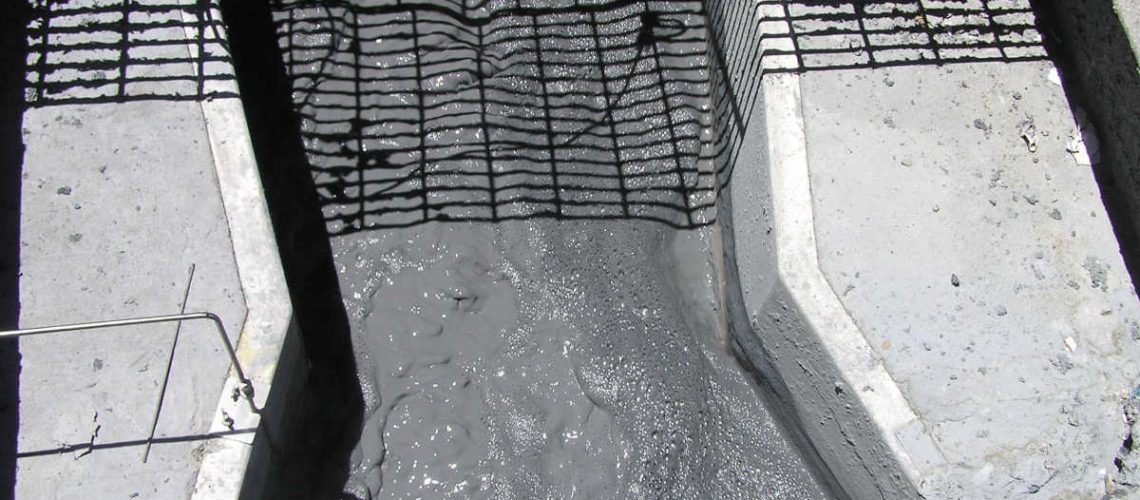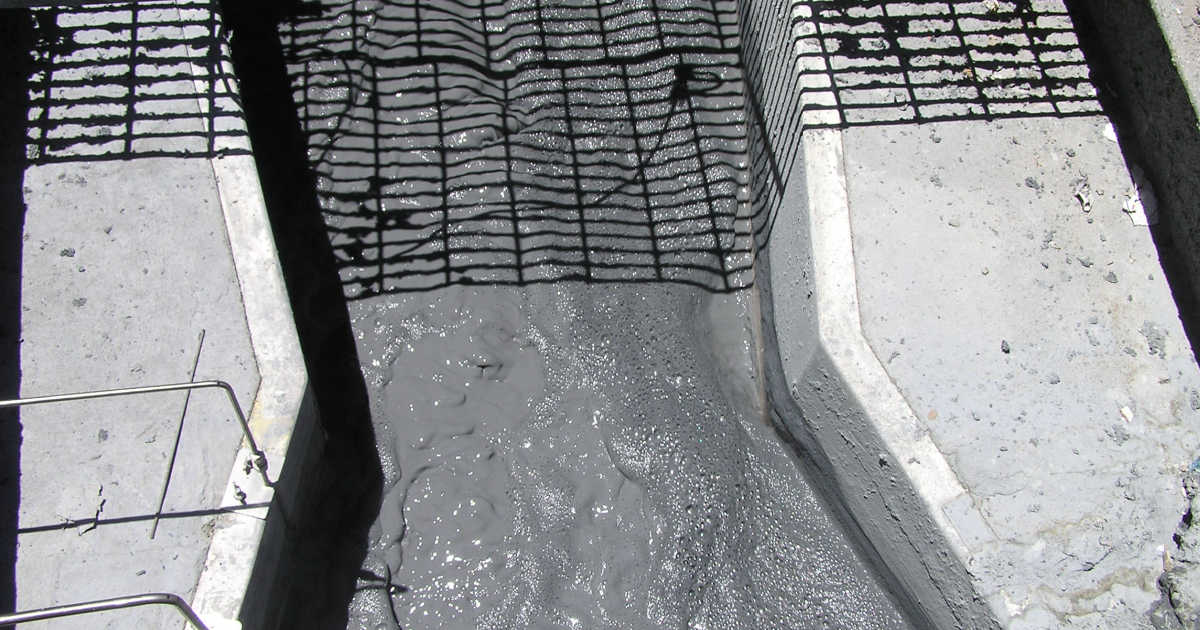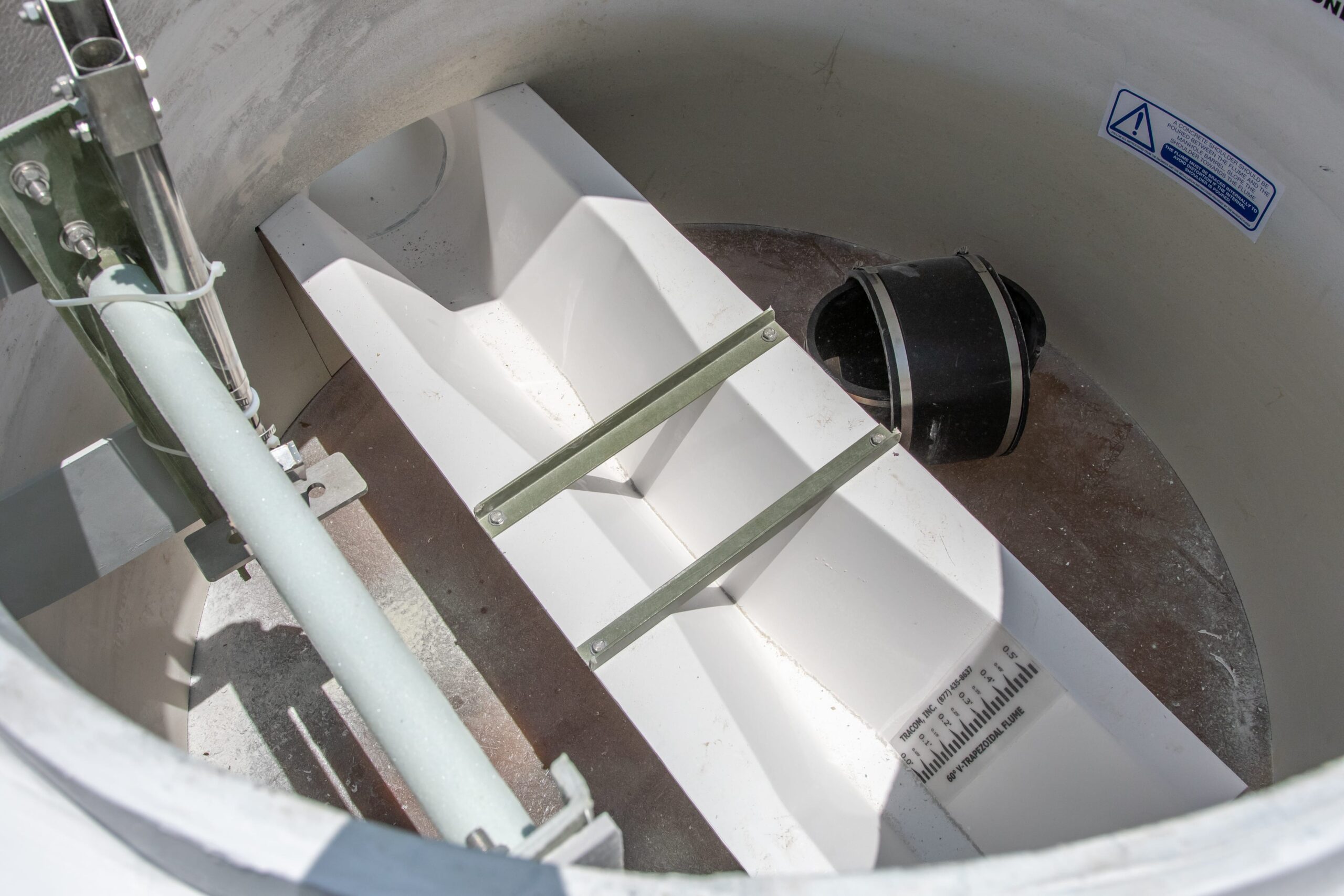An open channel is a free surface structure, either natural or man-made, through which water flows, and it is important to keep up-to-date on its measurements. When measuring the flow of water in open channels, there are many different options one can choose to get the job done, depending on the type and size of the water flow. From streams to canals to irrigation ditches and water conveyance flumes, the types of open channel structures are as varied as the measurement methods, but Tracom Inc. has provided below the most common approaches along with their associated pros and cons.
Manning Formula
Using a scientific equation known as the Manning Formula, flow rate is calculated using area, slope, and roughness of conduit values. This method is most practical for measuring flow rate through round pipes in manholes, and is particularly helpful since it doesn’t require the use of a hydraulic structure. That being said, some required values may be hard to measure, making this one of the least accurate methods.
Timed Gravimetric
This is another low-cost method but is highly accurate. Here, the contents of the flow stream are collected over a fixed period of time and weighed. However, the timed gravimetric method of measurement is limited to open channels with very low flow rates only.
Area-Velocity
Another method that doesn’t need hydraulic structures is to measure the velocity and area of the open channel flow and use them to calculate the flow rate. This is a much more complex method than using a flume, but it is useful for measuring flow in very large channels for which a hydraulic structure is simply not practical.
Dilution
This is one of the least helpful methods, but it deserves mention. By hiring a trained operator, one can have a tracer solution injected into a flow of water. A chemical analysis would then be used for occasional flow measurements or to calibrate the water flow. However, this is not useful for a continuous record of flow, making this a very costly method and not recommended for most people.
Tracom Inc. Fiberglass Products and Flumes
This is probably one of the best bets at getting a good reading on flow rates in the selected open channel, and the method through which Tracom Inc. Fiberglass Products can help the most. Using a hydraulic structure, such as a flume or even a weir, flow rates can be determined from level measurements. This is the most advantageous method for examining the flow in manholes, water treatment plants, and agricultural/irrigation channels. As such, this is one of the more accurate methods available, though it deserves to be said that upstream debris could potentially be ruinous if one does not use a reliable enough hydraulic structure.
Which Is the Best Method?
Of the methods listed above, the most reliable and accurate would have to be the use of a flume or similar hydraulic structure. If you’re looking for a top-quality line of professional open channel flow measurement devices, Tracom Inc. is the place to go. Fiberglass Flumes currently produced by Tracom Inc. include: Parshall Flumes, Palmer-Bowlus, Trapezoidal Flumes, HS / H /HL-type, Cutthroat, Montana, and RBC Flumes
Contact Tracom Inc., either by leaving an online message or calling directly at 1-877-435-8637, to get started today. We very much look forward to helping you!





